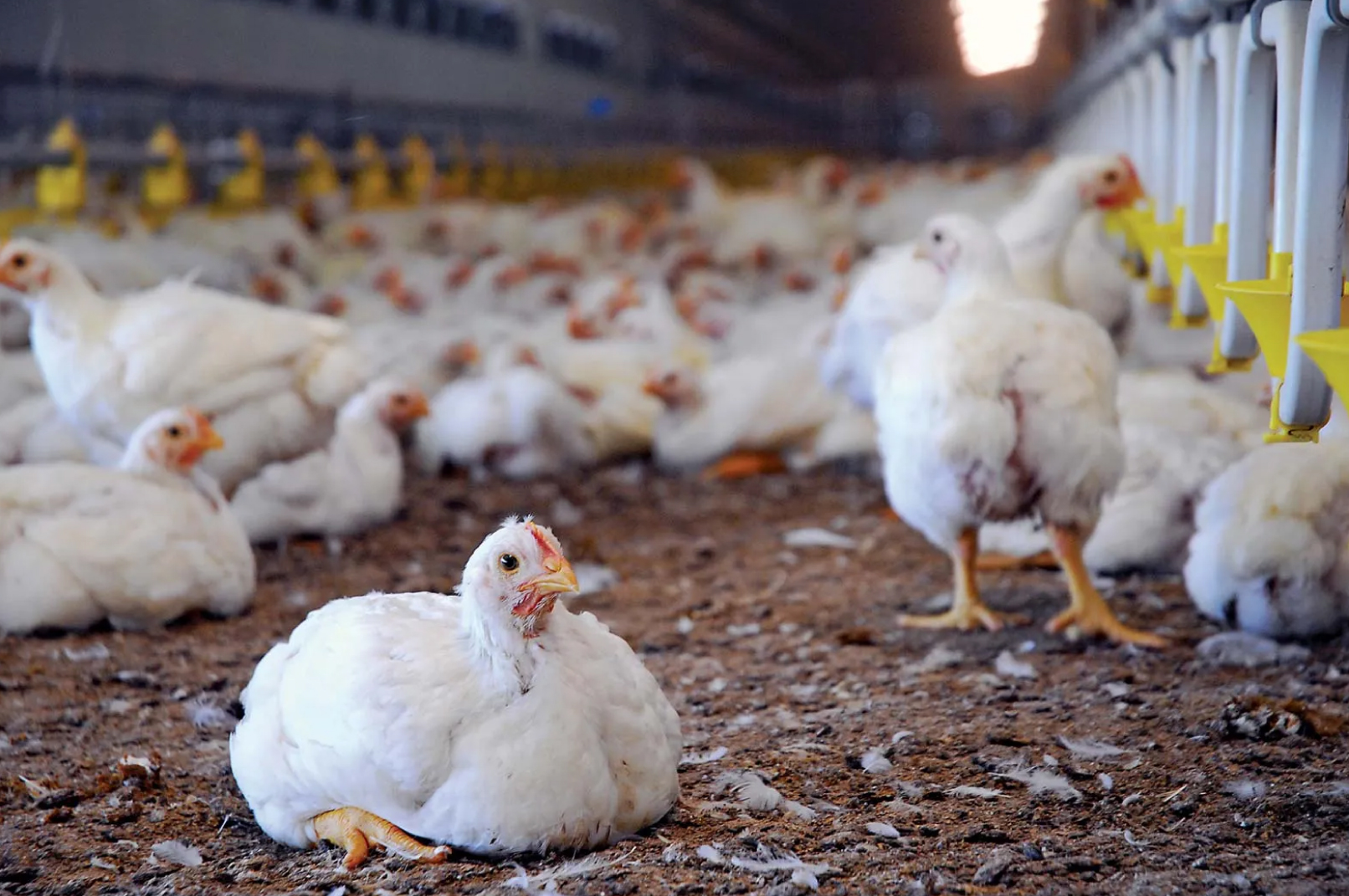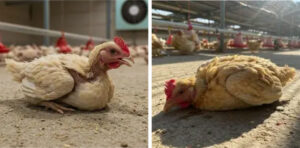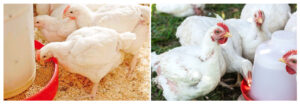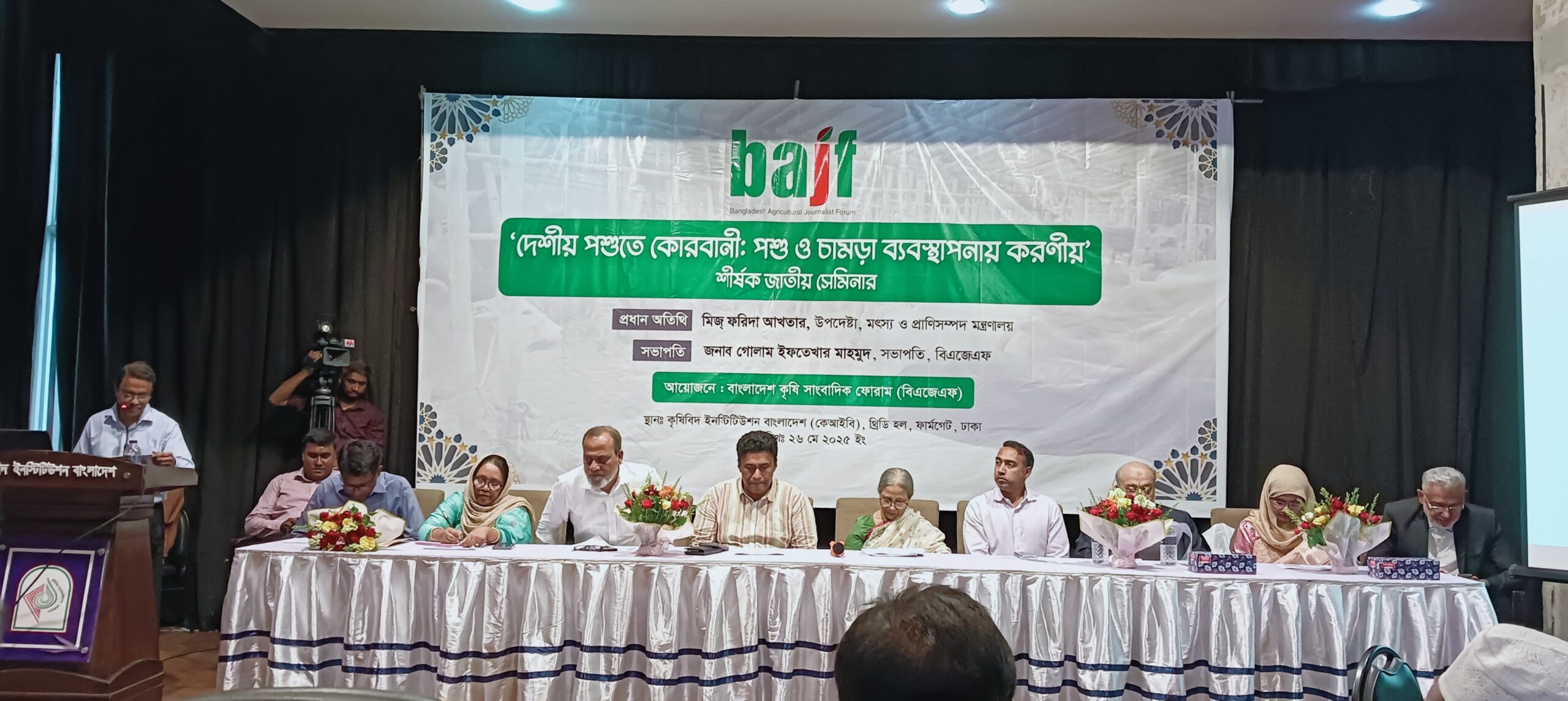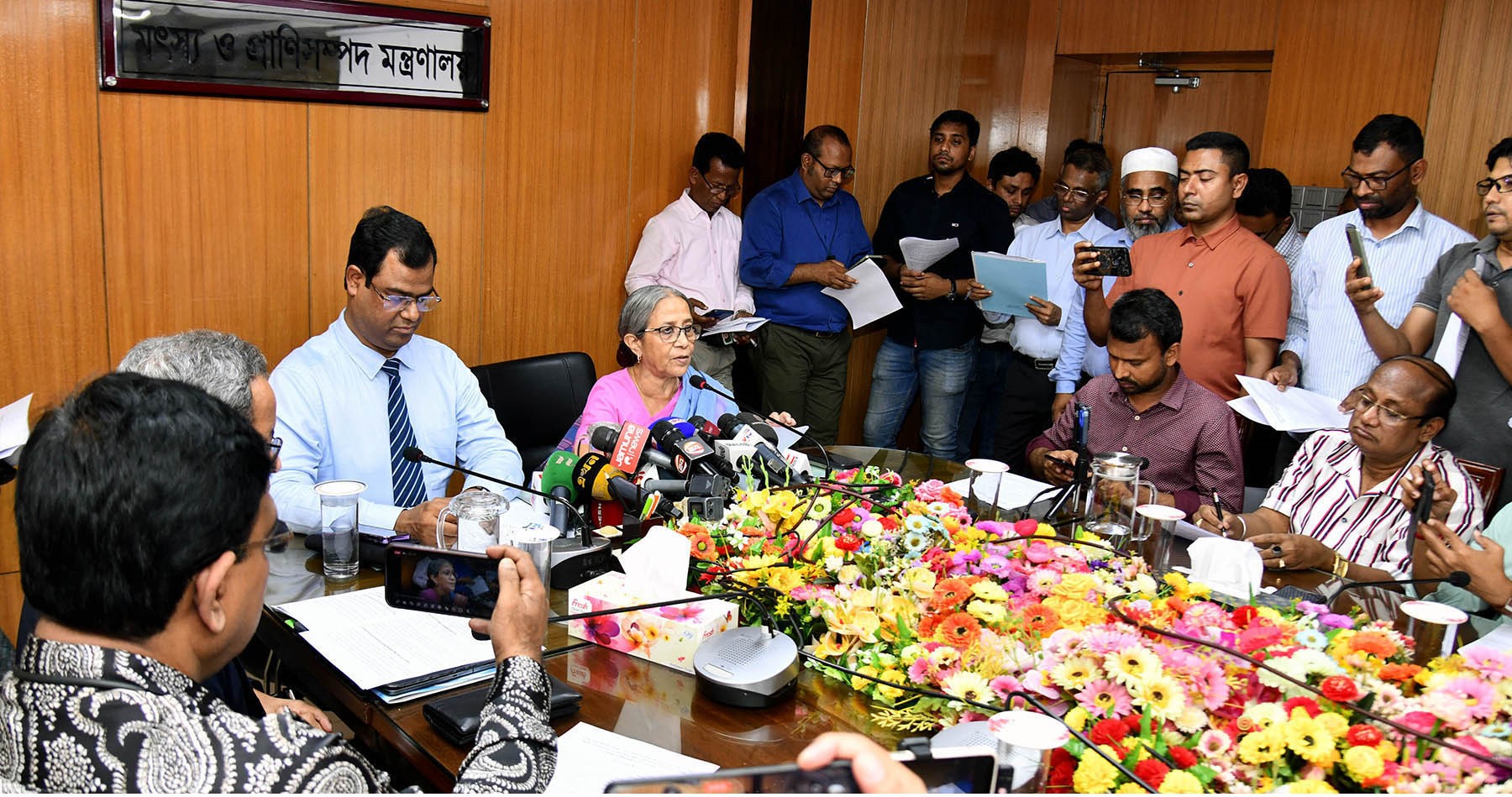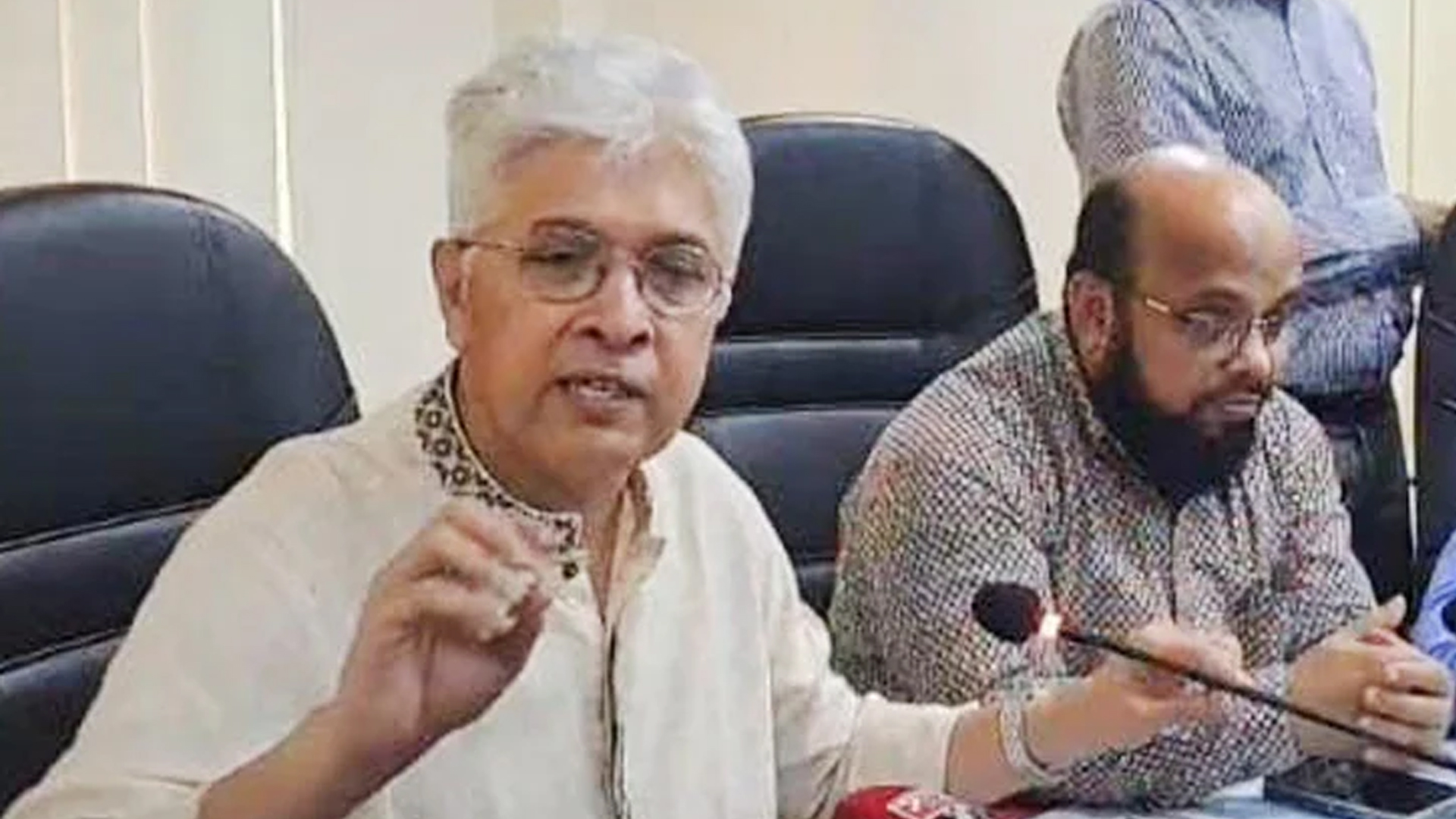| Broiler farming is a dynamic business, but one of its biggest challenges is managing birds during hot and humid conditions. While broilers are bred for rapid growth, their ability to regulate body temperature is limited, making them vulnerable to heat stress.
Broiler farming is a dynamic business, but one of its biggest challenges is managing birds during hot and humid conditions. While broilers are bred for rapid growth, their ability to regulate body temperature is limited, making them vulnerable to heat stress. This article explores how high temperatures and humidity impact broilers, the consequences for farmers, and practical strategies to prevent and manage heat stress. The Silent Enemy: Heat and Humidity in Broiler Farming: Just imagine, It’s peak summer, and the broiler shed is buzzing with the restless sounds of panting birds. Farmhands move quickly, trying to reduce heat buildup, but despite their efforts, some birds are struggling. Heat stress is creeping in, threatening productivity, feed conversion, and ultimately, profitability.
Broilers lack sweat glands, making it difficult for them to cool down naturally. Instead, they rely on panting, which increases their energy expenditure and leads to dehydration. The situation worsens when humidity is high, as it reduces the efficiency of evaporative cooling. This creates a dangerous cycle where birds experience distress, reduced feed intake, and lower weight gain. Impact of Heat Stress on Broilers Reduced Feed Intake and Growth Performance: When temperatures rise above the comfort zone (18-25°C), broilers eat less to minimize metabolic heat production. This slows down weight gain and results in poor feed conversion efficiency. Panting and Dehydration: Birds experiencing heat stress pant excessively, leading to loss of carbon dioxide and an imbalance in blood pH (respiratory alkalosis). Prolonged dehydration can lead to organ failure and increased mortality.
Increased Mortality and Lower Flock Uniformity: Under extreme heat, some birds die suddenly due to heatstroke. Survivors may have stunted growth, leading to flock size variation, which affects processing efficiency and market value. Poor Meat Quality and Higher Fat Deposition: Heat-stressed birds often convert energy into fat rather than muscle. This leads to pale, soft, and exudative (PSE) meat, which reduces consumer acceptance and processor yield. Weak Immune System and Disease Outbreaks: High temperatures suppress immune function, making birds more susceptible to diseases like Newcastle disease, infectious bronchitis, and mycotoxin-related illnesses. Preventive Measures: Beating the Heat Before It Strikes Housing Modifications
Nutritional Adjustments
Water Management
Stocking Density and Bird Handling
Post-Attack Measures: Recovering from Heat Stress Even with the best management, some birds may suffer from heat stress. Immediate intervention can save lives and minimize production losses. Emergency Cooling
Hydration Therapy
Feed Adjustments
Disease Monitoring and Recovery Support
Smart Management for a Profitable Broiler Farm Managing heat and humidity in broiler farming is a battle against nature, but it’s a winnable one. By implementing preventive measures and having a heat-stress response plan, farmers can minimize production losses, improve bird welfare, and ensure consistent growth performance. Source: AviNews |




